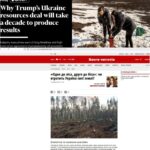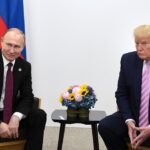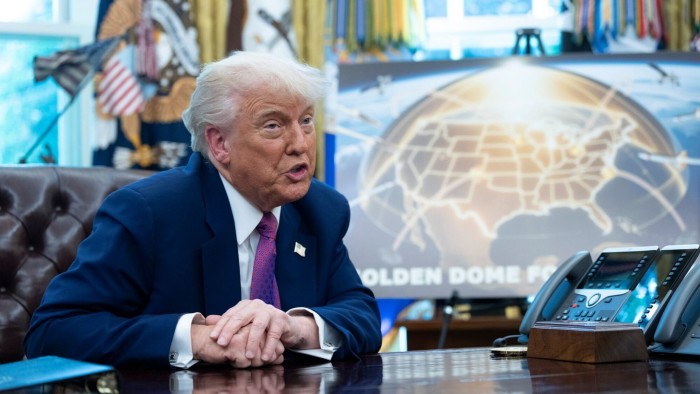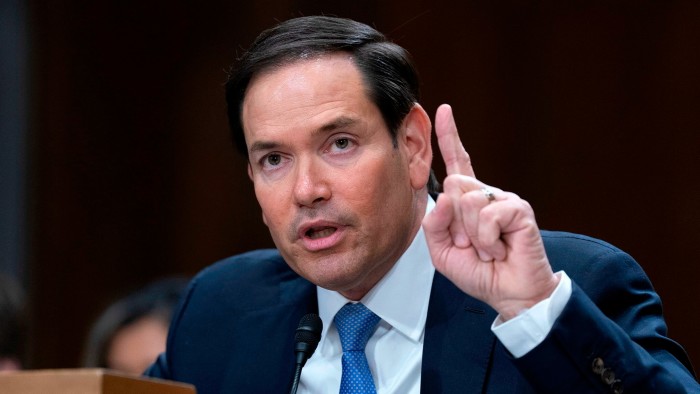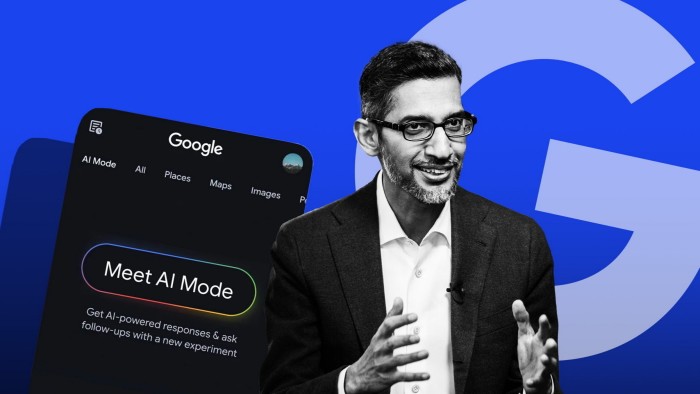The rise of the trophy SWF

Unlock the Editor’s Digest for free
Roula Khalaf, Editor of the FT, selects her favourite stories in this weekly newsletter.
Danantara, the new sovereign wealth fund in Indonesia, is a project of surpassing ambition. Taking possession of $900bn in public assets, it will divert about 0.6 per cent of GDP a year from the state budget to invest in business schemes such as mines, battery factories and data centres — priorities for President Prabowo Subianto — with almost total freedom over where and how it deploys the capital. Within a few years it should become a player in global capital markets. Remember the name: Danantara. You are likely to hear it often.
More questionable is whether the project’s ambition is matched by its wisdom. Danantara has no discernible macroeconomic purpose. Rather it is one of a new breed of trophy SWFs — such as the UK’s National Wealth Fund and a possible US fund from the Trump administration — created largely for the sake of having them. Everybody wants sovereignty. Everybody wants wealth. Yet while a fund is a fine way to manifest them, it is not, sadly, a reliable route to their creation.
Consider the many cases in which a sovereign wealth fund does make sense. First, to save windfall gains from natural resources such as oil into offshore assets, thereby spreading the benefits over time and preventing exchange rate appreciation, with the resulting destruction of other economic sectors by the so-called “Dutch disease”. Norway’s fund, the world’s biggest, is the obvious example.
Second, to save volatile revenues from commodities when times are good and spend them when times are bad, with a so-called stabilisation fund. Chile has such a vehicle.
Third, to back a funded public pension system. Countries that have, wisely, accumulated actual assets to support their retirement promises may set up a vehicle to invest abroad and maximise returns. The Government Pension Investment Fund in Japan is one such.
Fourth, and more dubious, is to look after the proceeds of currency undervaluation. A country that keeps its currency cheap to pursue export-led growth must sterilise the resulting surplus and accumulate excess foreign exchange reserves. Sticking these in a SWF is the polite thing to do and the origin of China’s megafunds.
Fifth, the macroeconomic environment of the 2010s, with chronically low interest rates, spurred a range of ideas for SWFs. The economist Roger Farmer proposed a UK fund that would seek to stabilise asset price volatility. Others suggested funds that would borrow at prevailing low rates to invest in productive assets. Nothing ever really got off the ground but they were solutions to definable problems.
It is harder to find macroeconomic logic in the latest iterations. The UK fund says its goal is to “unlock” billions of pounds of private finance, which gives the game away: it is not really a SWF, but a development bank in disguise. There is nothing wrong with development banks. The penurious British state has had an ideological allergy to holding assets since the days of Margaret Thatcher, however, and anybody expecting it to accumulate net worth will be disappointed.
Danantara may also turn out to be a development bank. Its purpose, according to chief investment officer Pandu Sjahrir, is to “corporatise fully all the state-owned enterprises in Indonesia”, having taken control of its sprawling portfolio from a government ministry. Running them through a fund may or may not work better. There will be less government bureaucracy and less government oversight. Notably, it would be perfectly possible for Danantara to oversee the SOEs without allowing it to reinvest their dividends.
This is where the case for Danantara falls down. The stock market, which owns minority stakes in many companies within its portfolio, is worried about their stewardship. Indonesia’s economy is wobbling, with the rupiah falling last week to its lowest levels since the Asian financial crisis of 1998, partly because of concerns about Prabowo’s fiscal policy. The president is slashing public spending, partly to make space for his SWF, and yet this is not a Chinese-style effort to mobilise savings for a developmental state, since he is also pursuing a costly universal free school meals programme. On net, it is not clear that Danantara will raise investment in Indonesia at all. The country has already got quite good at infrastructure.
That leaves a sixth reason to create a SWF: it’s nice to have a box, especially a box with a lot of money in it. Creation of the box is an accomplishment a politician can point to. It is exciting for the people who get to run it. The box can be used to solve problems, political, economic and otherwise. The box can be benign — there is a future where clever, disinterested, long-term investment by Danantara helps to make Indonesia a more prosperous place. Or the box can turn malignant, as in the infamous case of 1MDB, the Malaysian fund from which billions of dollars were embezzled.
The difference between the two outcomes is governance. Pandu vowed that Danantara would meet the highest standards of transparency and it has appointed a clutch of grandees, including Ray Dalio of Bridgewater Associates, who have tied their good name and reputation to it. Those involved now bear a weighty responsibility to make sure public money is well invested. As for transforming Indonesia’s economy, do not expect too much.


